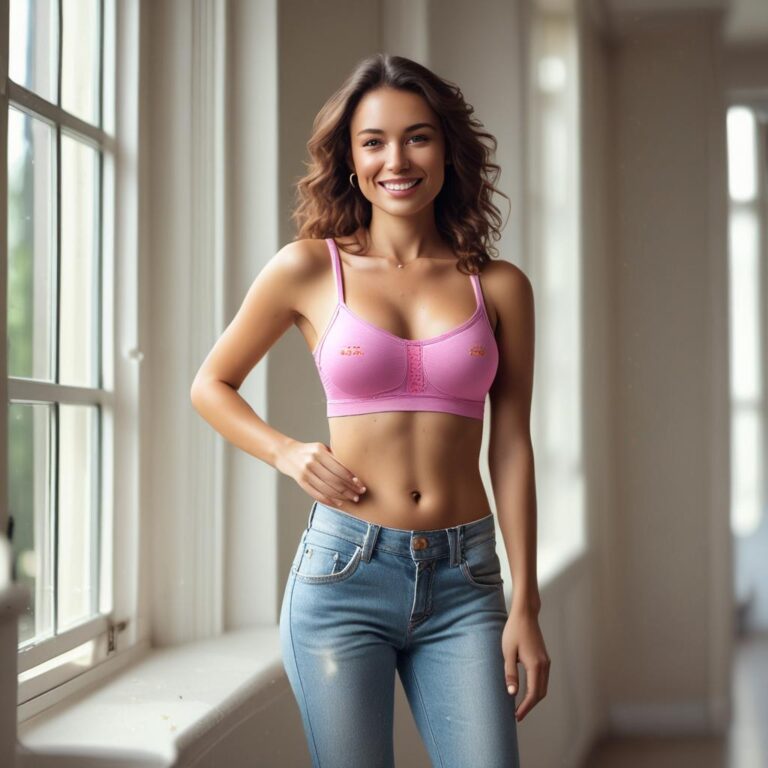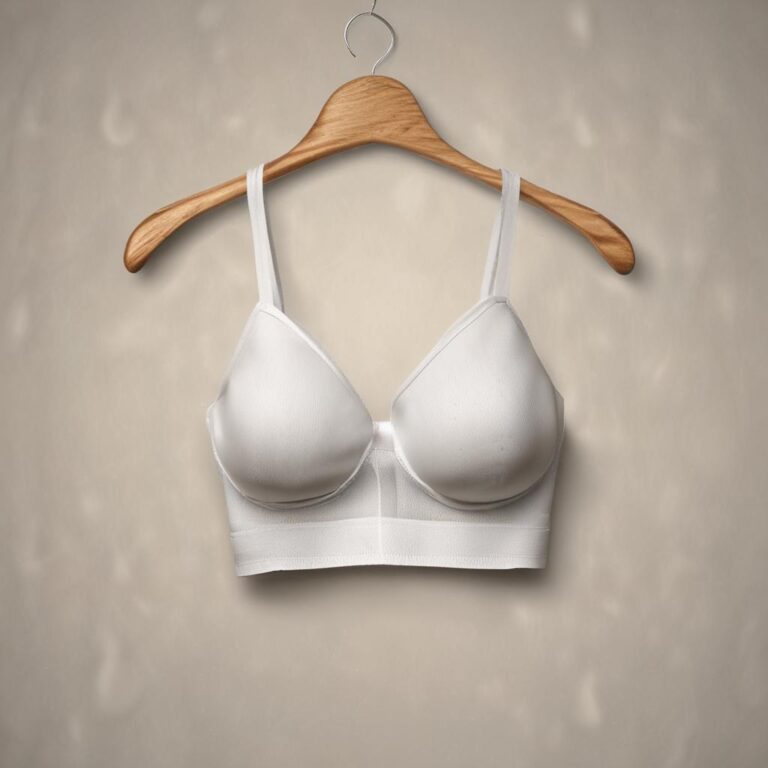Wearing the correct bra size is essential for both comfort and confidence. With so many bra sizes available, it can be overwhelming to determine the right size, especially for those with smaller busts. The A cup bra, in particular, is designed for women with smaller breast sizes, but who exactly should wear an A cup bra? In this comprehensive guide, we will explore the world of bra sizes, the importance of proper fit, and provide guidance on who should consider wearing an A cup bra.
Introduction to Bra Sizes and Cup Sizes
Bra sizes consist of two main components: the band size and the cup size. The band size refers to the measurement around the torso, just under the bust, while the cup size indicates the volume of the breast. Understanding these components is crucial in finding the perfect fit.
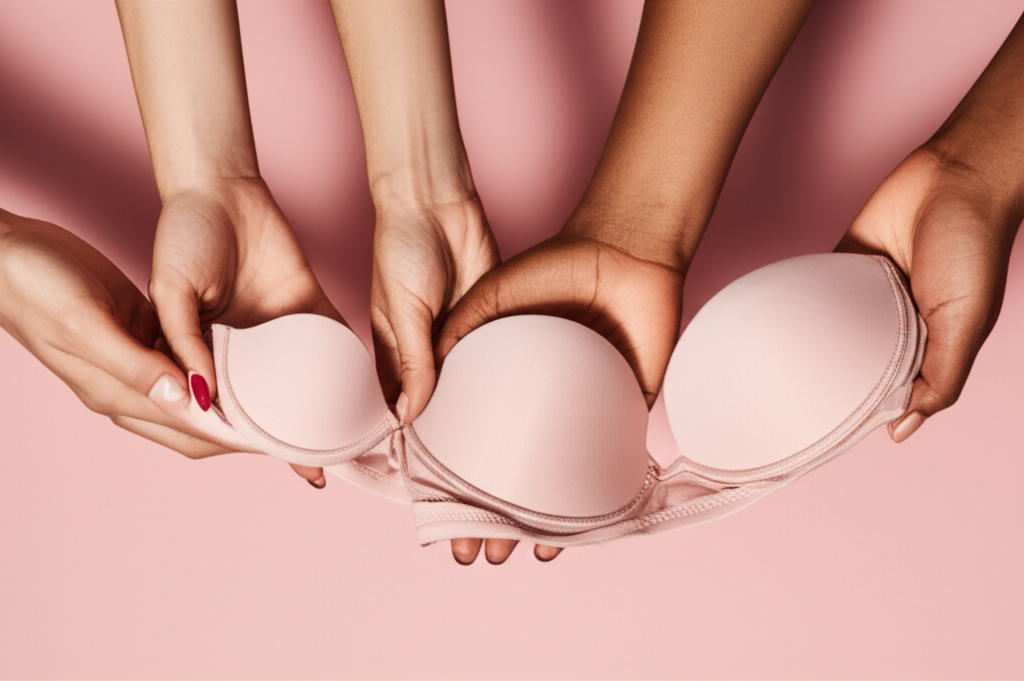
Understanding Bra Sizing
To find the correct bra size, it’s essential to measure both the band and the cup. The band size is measured by wrapping a flexible tape measure around the torso, and the cup size is determined by subtracting the band size from the bust measurement. For example, if the band size is 32 and the bust measurement is 33, the cup size would be A.
Measuring for the Correct Bra Size
Measuring for the correct bra size involves a few simple steps. First, measure around the torso to determine the band size. Next, measure around the fullest part of the bust to determine the cup size. It’s also important to note that bra sizes can vary between brands, so it’s recommended to try on different styles and sizes to find the best fit.
Progress Overview
Progress analysis for Who Should Wear a Cup Bra
Who Should Consider Wearing an A Cup Bra?
Women with smaller bust sizes are the primary candidates for A cup bras. But what constitutes a ‘small’ bust size? Generally, women with an A cup size have a breast volume that is less than one inch larger than their band size. Wearing an A cup bra can provide the necessary support and comfort for small-busted women.
Women with Specific Body Types
In addition to smaller bust sizes, certain body types can also benefit from wearing an A cup bra. Petite women, for example, may find that A cup bras provide a more proportional fit. Women with narrow or close-set breasts may also prefer A cup bras, as they can help to create a more balanced silhouette. Furthermore, women with asymmetrical breasts may find that A cup bras offer a more comfortable and supportive fit.
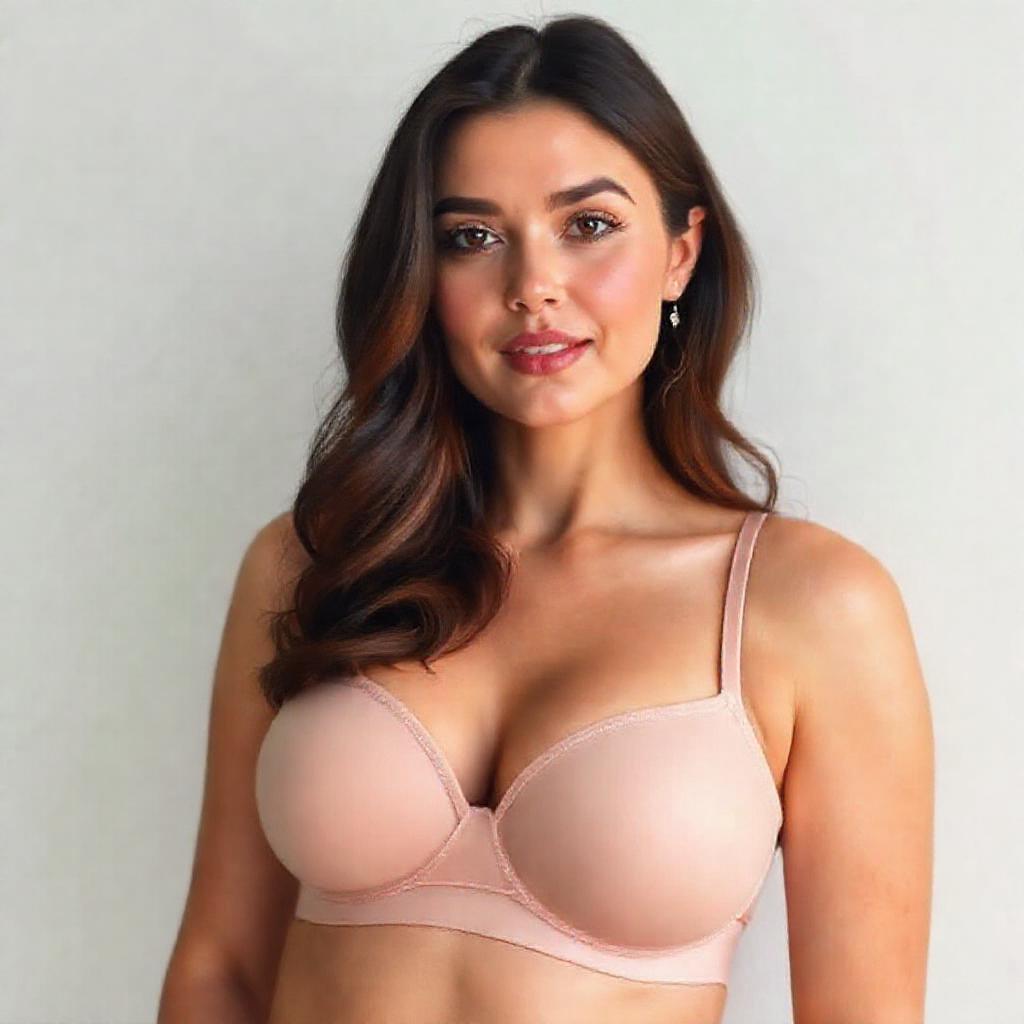
Common Misconceptions about A Cup Bras
There are several common misconceptions about A cup bras that may deter women from trying them. One misconception is that A cup bras are only for younger women. However, women of all ages can benefit from wearing an A cup bra if it’s the correct size. Another misconception is that A cup bras don’t offer support, but this is not true. A cup bras are designed to provide the necessary support and comfort for smaller bust sizes.
- A cup bras are not just for younger women
Finding the Perfect A Cup Bra
Finding the perfect A cup bra involves considering several factors, including shape, style, and comfort. There are various types of A cup bras available, including push-up bras, bralettes, sports bras, and maternity and nursing bras. When trying on A cup bras, it’s essential to focus on comfort and support, rather than just the style or design.
Different Types of A Cup Bras
Push-up bras, for example, can help to enhance the bust, while bralettes provide a more relaxed and casual fit. Sports bras are designed for athletic activities and offer additional support and comfort. Maternity and nursing bras are designed for pregnant and breastfeeding women and provide the necessary support and comfort during this time.
Caring for Your A Cup Bra
To extend the life of an A cup bra, it’s essential to care for it properly. This includes washing and drying the bra correctly, as well as storing it properly. Bras should be replaced every 6-12 months, depending on wear and tear.
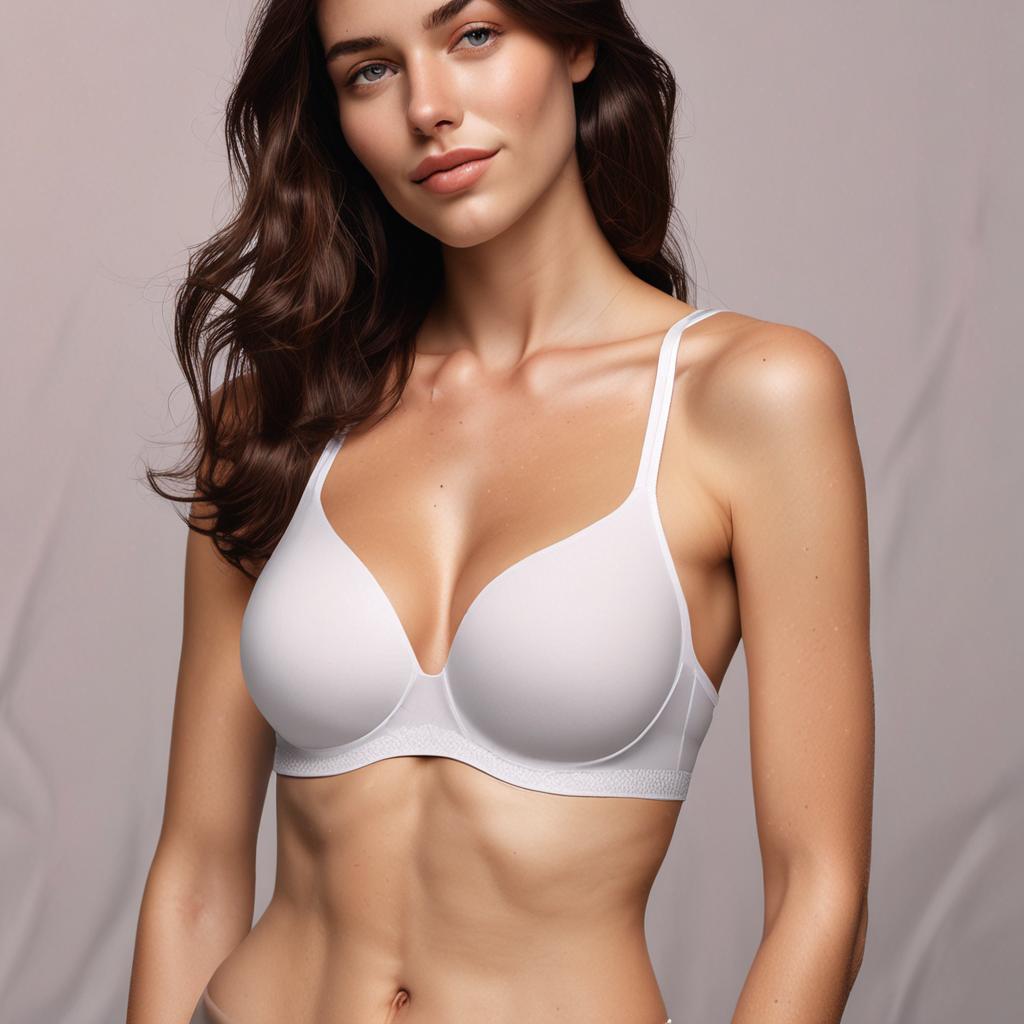
Washing and Drying Tips
Bras should be washed in cold water and dried flat to prevent stretching or losing their shape. It’s also recommended to avoid using fabric softener or bleach, as these can damage the fabric.
Conclusion
In conclusion, A cup bras are designed for women with smaller bust sizes, but can also be suitable for women with specific body types. By understanding bra sizes and taking the time to find the perfect fit, women can enjoy the comfort and confidence that comes with wearing an A cup bra. Remember to prioritize comfort and support when choosing a bra, and don’t be afraid to try on different styles and sizes to find the best fit.
FAQs
Here are some frequently asked questions about A cup bras:
- How can I tell if I’m a size A or if I’m between sizes? Try on different sizes and styles to find the best fit.



